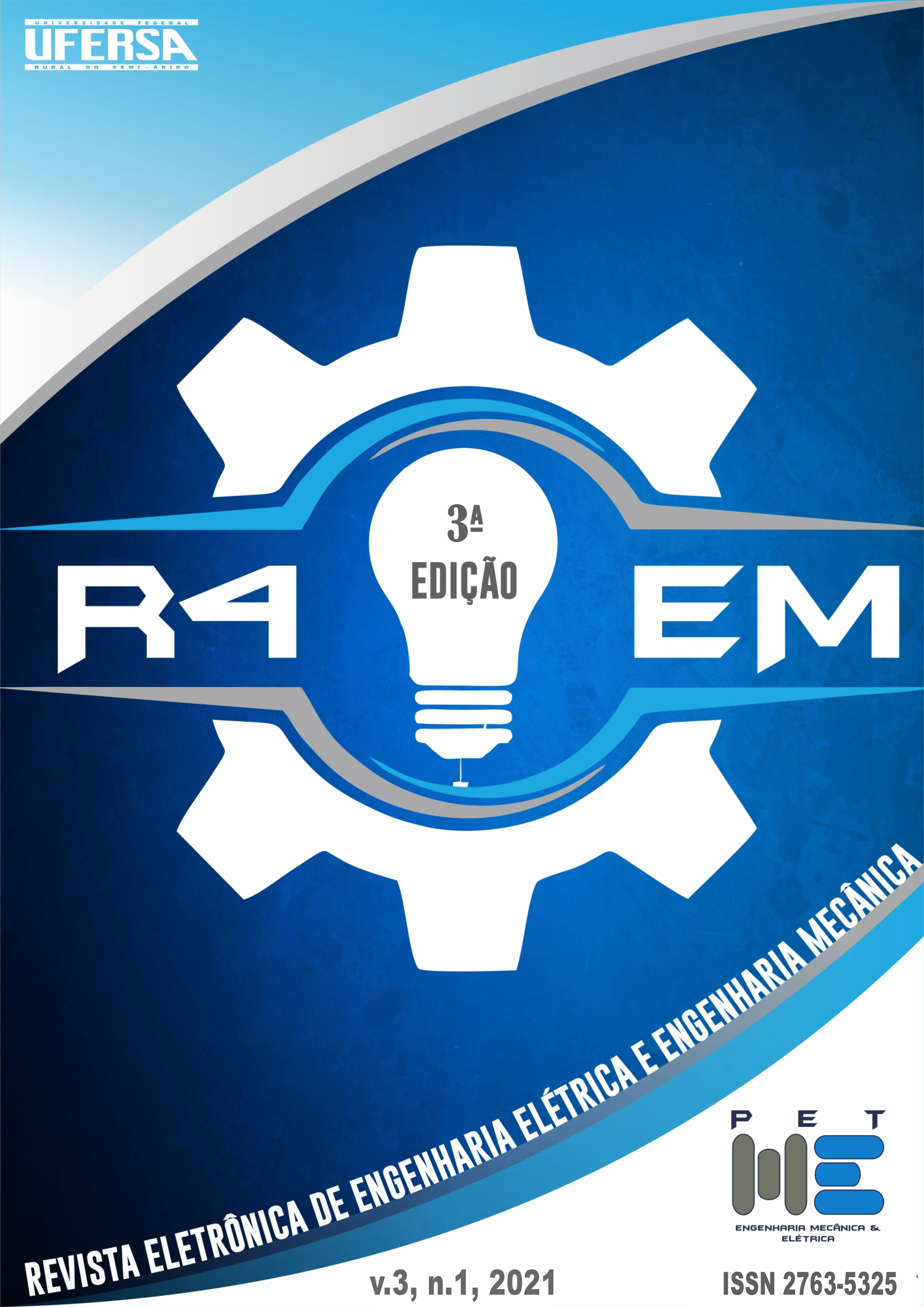Desempenho Entre os Algoritmos de Localização de Faltas Completo e Simplificado Para Linhas de Transmissão Com 3 Terminais e Parâmetros Elétricos Diferentes
DOI:
https://doi.org/10.21708/issn27635325.v3n1.a10021.2021Abstract
The transmission line is the equipment of the electrical system most conducive to an electrical fault. Based on the difficult conditions of access to these lines, such as the distance from cities and because of its large dimensions, it is essential to locate an electrical fault accurately and quickly. The objective of this work is to carry out a comparative analysis between two aspects of the Girgis, Hart, and Peterson (1992) Algorithm to locate an electrical fault: the complete and the simplified model. To simulate the transmission line, the ATP® software was used and the algorithms were developed in software aimed at numerical calculations. The simulation scenarios took into account variations in the resistive and inductive parameters of some sections of the transmission line, in search of the location of the fault point and the respective location error due to these changes.





